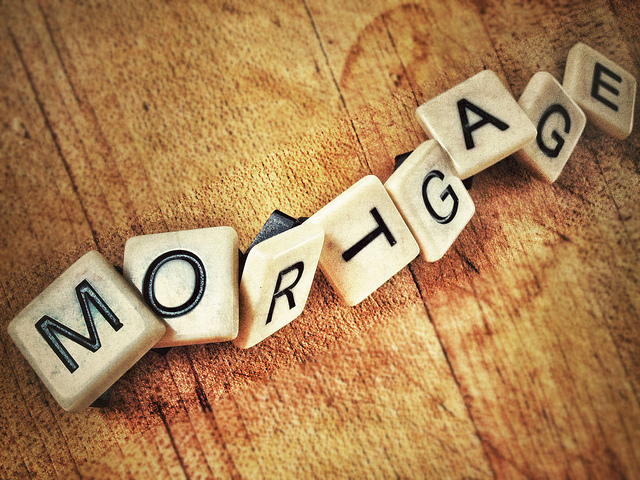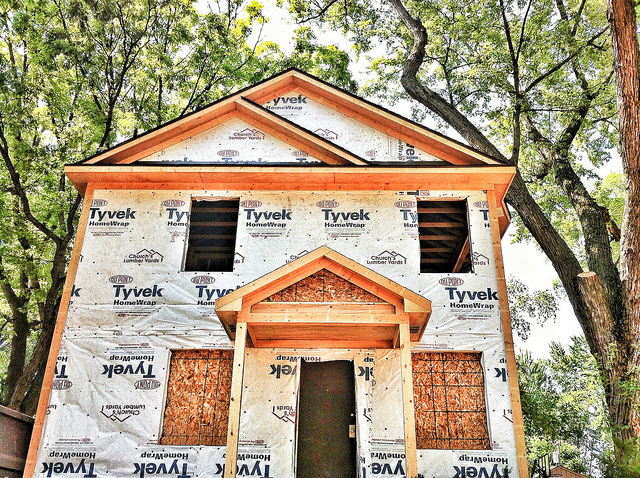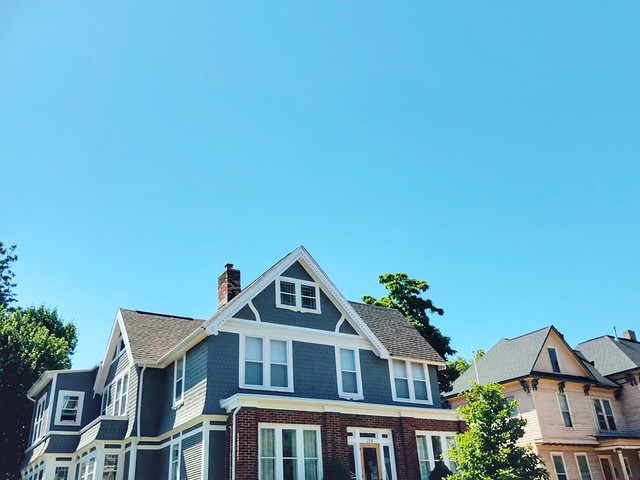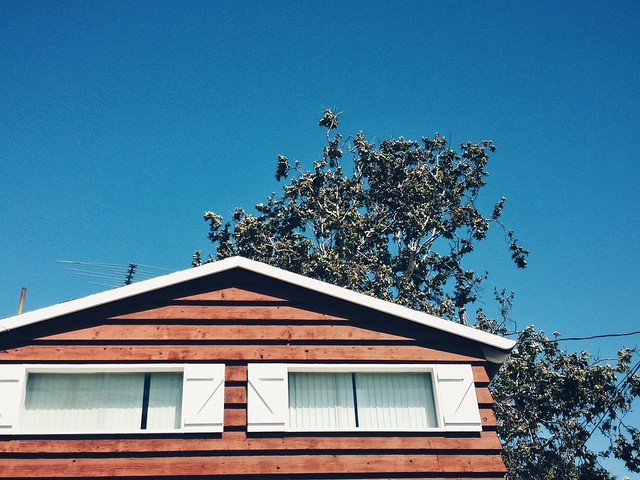According to the Mortgage Bankers Association’s Weekly Applications Survey, average mortgage rates moved higher last week for 30-year fixed-rate loans with both conforming and jumbo balances. Rates were also up for 15-year fixed-rate mortgages, though they fell for FHA loans and 5/1 ARMs. Joel Kan, MBA’s vice president and deputy chief economist, says the economy has been resilient and it’s pushing rates upward. “Treasury rates were elevated again last week following mixed data on inflation and more indication of resiliency in the economy, which may pose a challenge to the Federal Reserve’s efforts to lower inflation,†Kan said. Still, despite higher rates, demand for loans to buy homes was flat from the week before and there was a 2.4 percent week-over-week increase in government purchase applications, as demand for both FHA and VA loans rose. The ARM share of applications was also up, hitting its highest level since April. The MBA’s weekly survey has been conducted since 1990 and covers 75 percent of all retail residential mortgage applications. (source)













